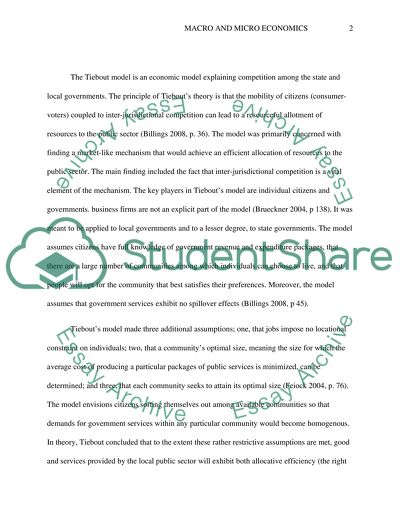Cite this document
(“The Tiebout Model Essay Example | Topics and Well Written Essays - 1500 words”, n.d.)
The Tiebout Model Essay Example | Topics and Well Written Essays - 1500 words. Retrieved from https://studentshare.org/macro-microeconomics/1441516-yp-the-way-the-system-of-finance-for-local
The Tiebout Model Essay Example | Topics and Well Written Essays - 1500 words. Retrieved from https://studentshare.org/macro-microeconomics/1441516-yp-the-way-the-system-of-finance-for-local
(The Tiebout Model Essay Example | Topics and Well Written Essays - 1500 Words)
The Tiebout Model Essay Example | Topics and Well Written Essays - 1500 Words. https://studentshare.org/macro-microeconomics/1441516-yp-the-way-the-system-of-finance-for-local.
The Tiebout Model Essay Example | Topics and Well Written Essays - 1500 Words. https://studentshare.org/macro-microeconomics/1441516-yp-the-way-the-system-of-finance-for-local.
“The Tiebout Model Essay Example | Topics and Well Written Essays - 1500 Words”, n.d. https://studentshare.org/macro-microeconomics/1441516-yp-the-way-the-system-of-finance-for-local.


